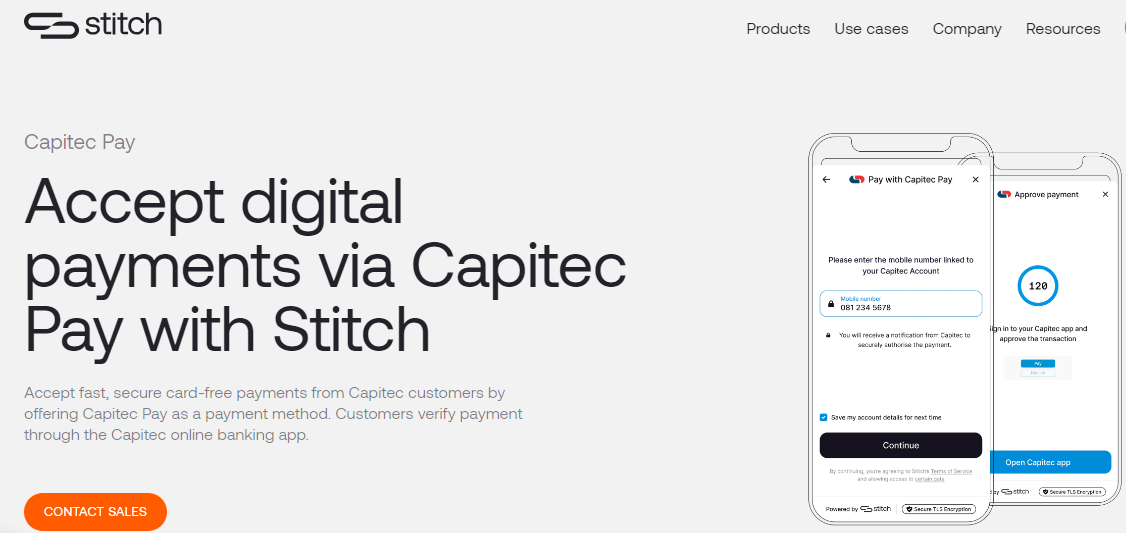In the ever-evolving landscape of banking, institutions are grappling with the need to embrace digital transformation amidst changing customer expectations, fierce competition from fintech players, and intricate regulatory frameworks. As a response to these challenges, migrating operations to the cloud has emerged as a viable solution for banks, offering a blend of future-proof operations and enhancing competitiveness. According to Gartner’s forecast, a significant shift towards the public cloud is anticipated, with 80% of banks expected to close their traditional data centers by 2025 . However, with the promises of the cloud come crucial opportunities and challenges that demand careful consideration and strategic planning to ensure a seamless transition.
Seizing Strategic Opportunities
1.Improved Infrastructure.
The cloud provides banks with on-demand access to virtually limitless computing resources, enabling the provisioning and scaling of infrastructure dynamically. This innate scalability allows banks to efficiently adapt to fluctuating demands, optimizing costs during low-traffic hours and ensuring optimal performance during peak hours.
2. Collaboration.
Cloud technologies facilitate real-time collaboration across distributed teams and locations, breaking down operational silos. Employees gain secure access to data and applications from any device, enhancing workflow coordination and overall productivity .
3. Low Infrastructure and Operational Costs.
The cloud enables banks to shift from extensive on-premises IT infrastructure to a more flexible pay-as-you-go operating expenditure model. This leverages the banks to allocate resources more efficiently and direct cost savings towards innovation.
Navigating Key Challenges
1. Protection of Highly Sensitive Data.
The protection of confidential customer data necessitates stringent security controls during cloud migration. Measures such as granular identity and access management, end-to-end encryption, advanced threat protection, and regular third-party audits are imperative to prevent unauthorized access or breaches.
2. Maintaining Regulatory Compliance.
Complex and ever-evolving regulations demand constant vigilance throughout the migration journey. Establishing dedicated compliance teams is crucial to align the transition with emerging local, regional, and global regulatory obligations, avoiding potential fines and legal consequences.
3. Eliminating Vendor Lock-in Risks.
Solely relying on a single cloud vendor poses the risk of vendor lock-in, making it challenging to switch providers if necessary. Implementing multi-cloud strategies and ensuring seamless data and application portability across environments are effective measures to mitigate this risk.
Executing a Successful Migration Strategy
1. Conducting Due Diligence.
Before migration, banks should conduct a comprehensive risk assessment, identifying potential vulnerabilities and developing contingency plans. This involves assessing the impact on data integrity, availability, and confidentiality.
2. Making Security the Top Priority.
Implementing layered security measures, including granular access controls, end-to-end encryption, next-gen firewalls, advanced threat monitoring, and regular third-party audits, is crucial for a secure cloud migration.
3. Understanding Compliance Requirements.
Creating dedicated compliance teams is vital to track regulatory shifts continuously. Automated tools can be utilized to embed compliance-by-design and streamline audits, ensuring adherence to compliance requirements.
4. Building in Flexibility to Prevent Vendor Lock-in.
Evaluating multi-cloud platforms and architecting solutions for seamless data and application portability across vendors are key strategies to prevent vendor lock-in .
Conclusion.
Migrating core banking functions to the cloud is no longer an option but a strategic imperative for banks aiming to thrive in the digital age. While the benefits are substantial, a meticulous approach is essential to securely unlock the full strategic potential of the cloud while effectively managing associated risks. By embracing a comprehensive strategy that addresses security, compliance, and vendor lock-in mitigation, banks can execute a smooth transition to the cloud, gaining a competitive edge and ensuring future readiness. Navigating the move to the cloud is not just a technological shift; it’s a strategic play that positions banks at the forefront of innovation, ready to deliver enhanced services to customers in a dynamic financial landscape.
## References
1 Scalability in Cloud Computing: Horizontal vs. Vertical Scaling
.https://www.stormit.cloud/blog/scalability-in-cloud-computing-horizontal-vs-vertical-scaling/
2.Cloud Collaboration In Today’s Business Environment
https://landing.clinked.com/download-infographic-cloud-collaboration-in-todays-environment
3.On-premises vs Cloud: A Clear Comparison
https://techvify-software.com/on-premises-vs-cloud-a-clear-comparison/
4. What is Vendor Lock-in? Tips to avoid it








Leave a Reply